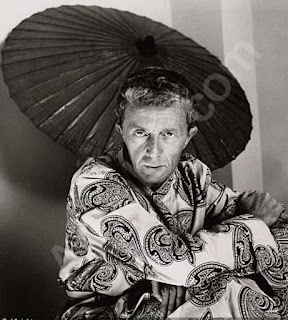June Authors
Column One
- Jacob Dinezon - Poland - Major Yiddish Writer
- James Joyce - Ireland
- Jane Austin - England
Column Two
- Sushmita Bhattacharya- India - Award Winning Short Stories
- Anne-Marie O'Connor - USA - suthor of The Lady in Gold-The Extraordinary Tale of Gustav Klimt's Masterpiece
Column Three
- Christina Thompson - USA - suthor of Sea People - The Puzzle of Polynesia
- Sholem Aleichem - Russia - most widely read Yiddish Writer
- Edith Nisbet - England - wrote as E. Nisbet - highly prolific and much loved Writer of young adult works
Column Four
- Paul Bowles - USA
- Julie Orringer - USA - author of The Flighf Portfolio and The Invisible Bridge - added to my read all work list
- Saul Bellow - USA (born in Canada) - Nobel Laureate
In June four men were featured, seven women. Four June authors are living, seven deceased, five appeared for the first time, six are recurring writers.
Home Countries of June Authors
- USA - Five
- UK - two
- Ireland - One
- India - One
- Russia - One
- Poland - One
June Blog Stats
There are currently 3563 active posts on The Reading Life. Since inception there has been 5,708,191 page views
The top visitor's home countries are the USA, India, the Philippines, Russia, the UK, Germany, the Ukraine, the UAE, Canada, and France.
I at last read Pride and Prejudice, universally considered as of best novels of all times. I read Mr. Smaller's Planet by Saul Bellow but did not post upon it.
I once again observed on June 14 Bloom's Day.
In July I will continue reading short stories by Mavis Gallant, hopefully four set in Paris Stories. I will continue reading along with Buried in Prints Mavis Gallant Short Stories Project, scheduled to run until September of 2020
I will once again participate in Paris in July, a great event hosted by Thyme for Tea.
All of my old projects still continue, some may go into hibernation for a while.
I thank Ambrosia Bousweau as will as Oleander Bousweau for their valuable contributions. I anticipate Rafalesca Bousweau joining us soon.
My thanks to Max u for his very kind provision of Amazon Gift Cards.
I offer my gratitude to all who take the time to leave a comment.
My blog will turn ten in July. I will start a new occasional feature, ten years ago on The Reading Life.







